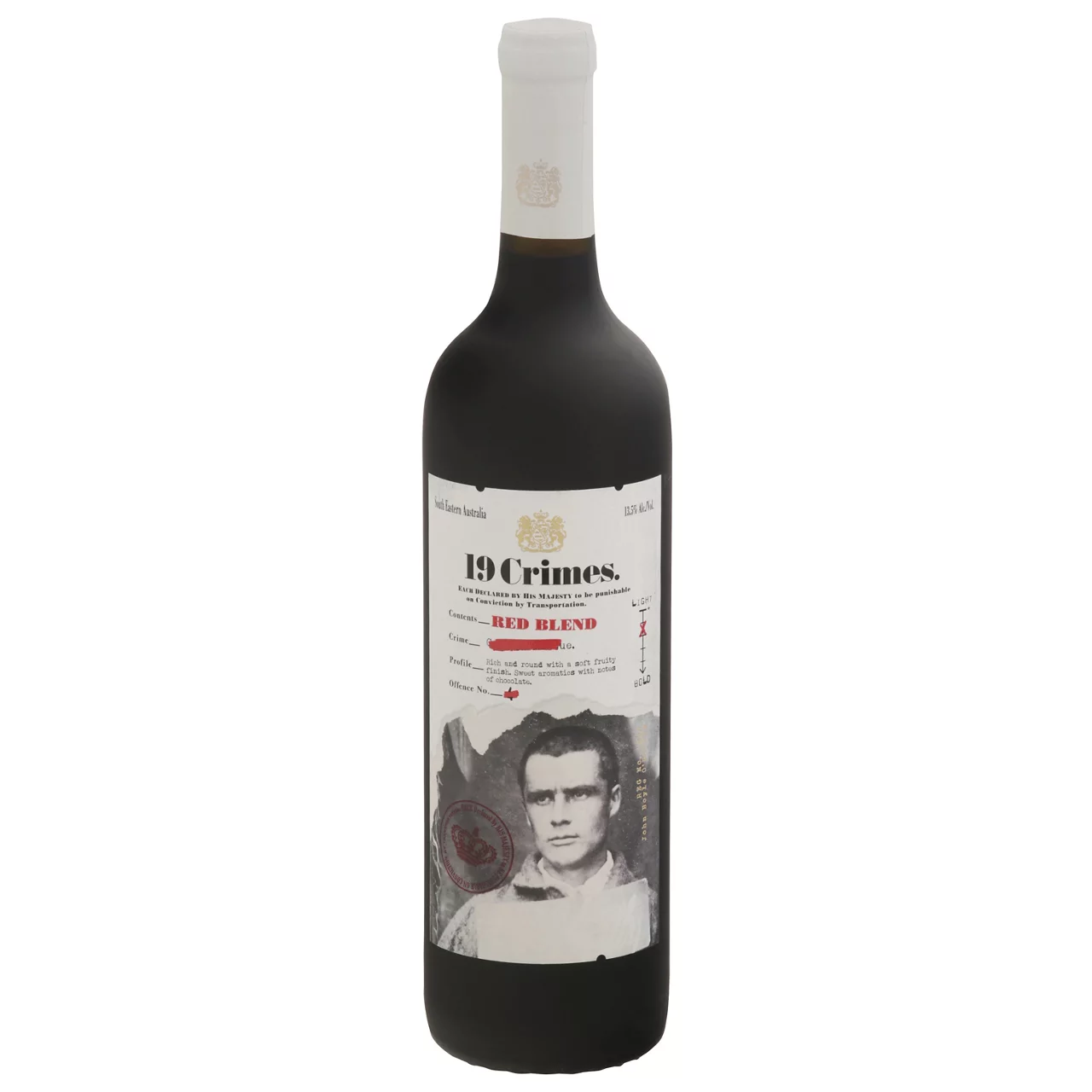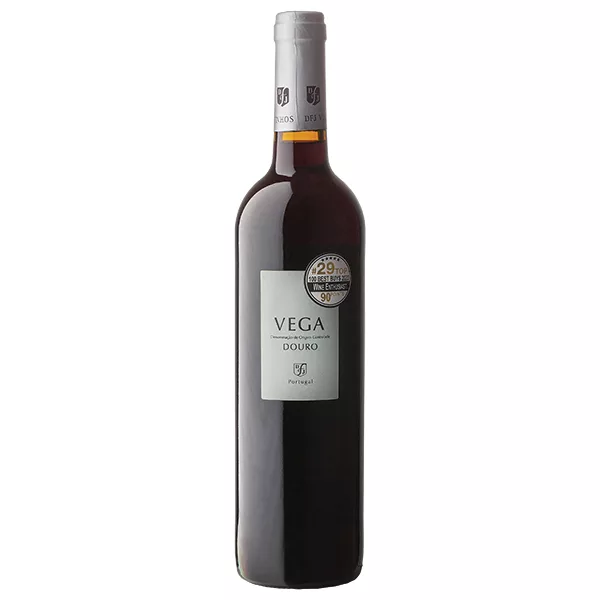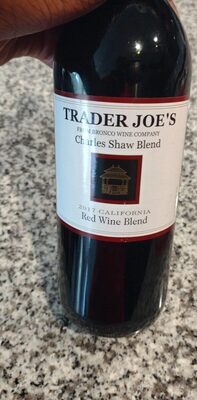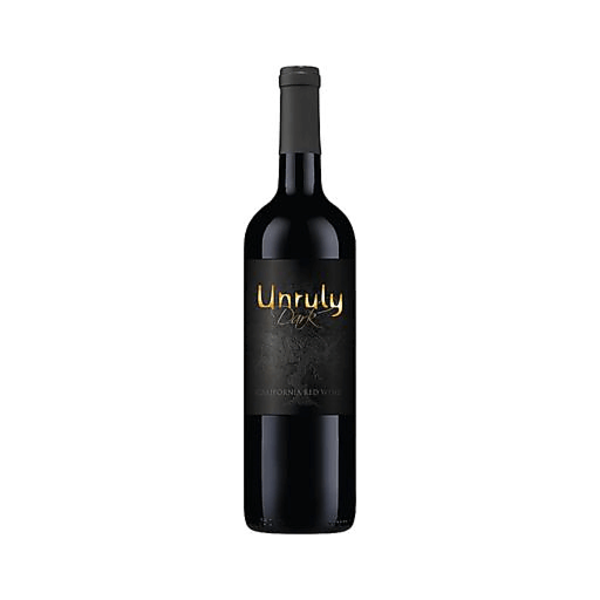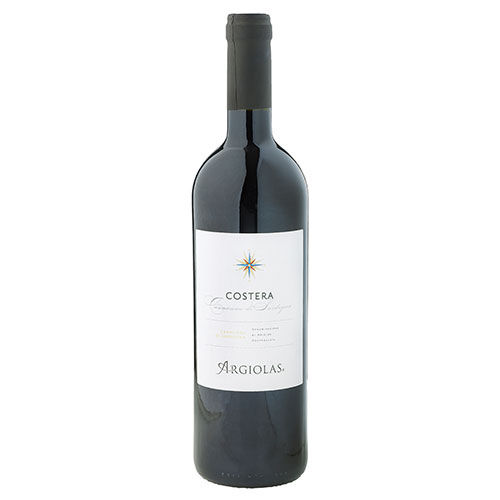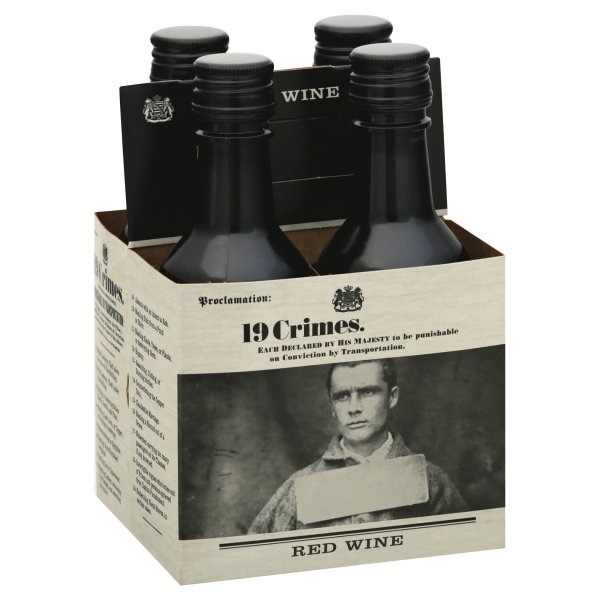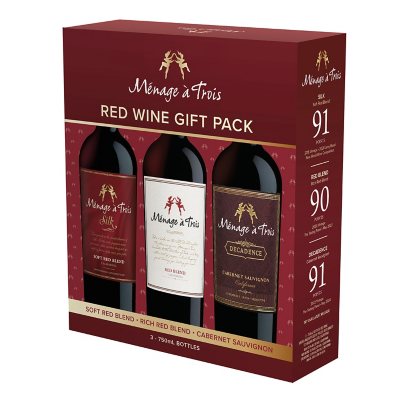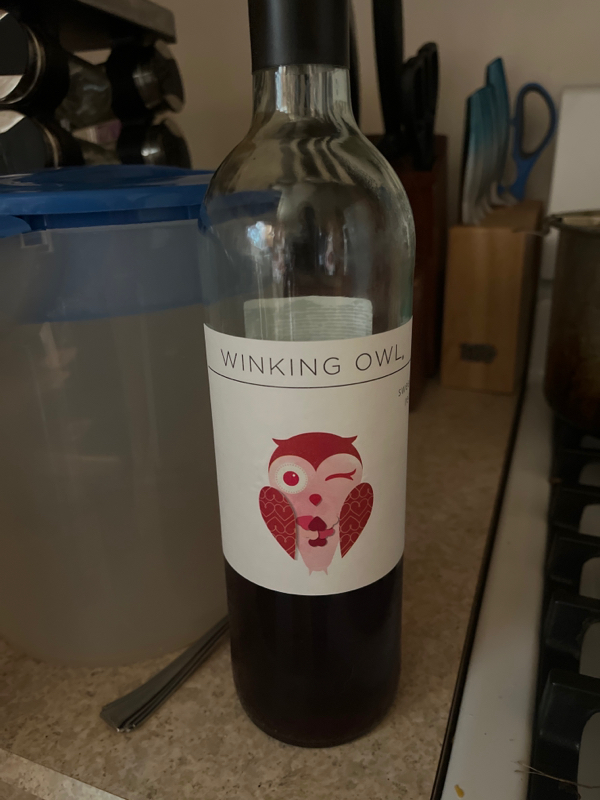BEVERAGES
CONDIMENTS AND SAUCES
Red Wine
Red wine is a ubiquitous and popular alcoholic beverage made from the fermentation of dark-colored, whole red or black grapes. The range of flavors, varieties, and styles stem from factors such as grape type, terroir, winemaking techniques, and aging processes. Some of the most famous red wine varieties include Cabernet Sauvignon, Pinot Noir, Merlot, Syrah, and Malbec, among many others.
For home cooks and personal consumption, red wine offers a versatile culinary experience, able to enhance the flavors of various dishes while providing potential health benefits when consumed in moderation. Popularly used in cooking sauces, stews, and marinades, it can also be paired with a wide array of foods, with ideal matches varying based on the specific wine variety and one's personal preferences.
97%
CARBS
0%
FAT
3%
PROTEIN
2,011 Red Wine Products
Used In 117 Recipes
3
Savory Italian Sausage and Garlic Butter Subs
4
Hearty Vegetable Stew
3
Tuscan Herbed Steak with Intense Balsamic Reduction
3
One-Pot Penne with Italian Sausage and Colorful Peppers
2
One-Pot Penne with Seared Sausage and Bell Peppers
2
Fiery Penne alla Arrabiata
Savory Sausage and Tri-Color Peppers Medley
4
Magic-in-Minutes Spaghetti Bolognese
Red Wine Is Frequently Used With
Red Wine FAQ
Red wine, a versatile ingredient in cooking, often encounters common missteps such as the belief that any wine is right for all dishes, or that 'Cooking wine' is equivalent to regular drinking wine. These could lead to undesirable flavors as not all wines complement every dish, and 'Cooking wines' are typically of lower quality with added salt, which may alter the flavor profile of your dish.
To get the most out of red wine, use high-quality wines that you would also enjoy drinking. The flavor of the wine intensifies during cooking, making a good wine even better, and conversely, a bad one worse. This means that the quality of wine used in cooking should never be compromised.
Moreover, different types of red wine lend different flavors to a dish. For example, a bold wine like Cabernet Sauvignon would add depth to a robust dish like beef stew, while a lighter wine like Pinot Noir would complement a delicate, savory dish like mushrooms or salmon.
When cooking with wine, it's good to let the wine reduce before adding other ingredients. This concentrates the flavors and cooks off the sharp alcohol taste.
Little-known tips when cooking with red wine include using it to deglaze the pan after sautéing meat, which not only loosens up the stuck bits but enriches the overall flavor of the dish. Also, did you know adding a splash of red wine can brighten up a tomato-based sauce or soup? It lends an earthy, robust flavor that adds complexity to the dish.
Does red wine burn off during cooking?
Can I use any red wine for cooking?
Is 'Cooking Wine' the same as regular wine?
What if a recipe asks for red wine and I don't want to use alcohol?
Does cooking with wine make my recipe non-alcoholic?
Why does my sauce taste bitter after adding wine?
Do I have to use an expensive wine for cooking?
How much wine should I add to my dish?
What dishes are best to cook with red wine?
Can left over red wine be used for cooking?
Expiration & Storage Tips
When does red wine expire?
When unopened, red wine can last for 2-3 years stored in proper conditions, regardless of the printed date on the bottle. Once opened, red wine should ideally be consumed within 1-2 weeks but can still be enjoyed up to 4-6 weeks, although the optimum taste may be affected after the first week. A bottle of homemade red wine, if sealed properly, has a similar shelf-life to commercially produced ones. As for freezing, while possible, it is not typically recommended as freezing can destroy the wine’s structure and taste.
How do you tell if red wine is bad?
Telling if red wine has gone bad can be a bit tricky if you are not wine-savvy, but don't worry, here are some signs. Sign one is the smell. If it smells funky, like a moldy basement or wet cardboard, it's not good. Sign two is the taste. If it tastes sweet (unless it's a sweet red wine), vinegary, or just off, it's probably turned. The last sign is appearance. If your red wine has turned into a brown hue, it's a clue that it's past its prime and would be best to throw out.
Tips for storing red wine to extend shelf life
• Keep your unopened red wine in a dark, cool place, preferably a wine rack in a basement or special wine fridge. Make sure the temperature remains constant, ideally around 55°F.
• Store wine bottles sideways. This keeps the wine in contact with the cork, thus preventing it from drying out.
• Once you've opened a bottle of red wine, reseal it as airtight as you can, preferably with a wine stopper, and put it in the refrigerator. Yes, even red wine! This slows down the oxidation process.
• Decant the wine. If you've opened up a bottle and you're not going to finish it within a few days, consider decanting it into smaller, airtight containers, with little to no air space at the top.
EXPIRES WITHIN
27 - 27.4
YEARS
Equivalents
Substitutes

Montepulciano Red Wine

Mourvedre Red Wine

Nebbiolo Red Wine

Nero D Avola Red Wine

Petit Verdot Red Wine

Petite Sirah Red Wine

Pinotage Red Wine

Valpolicella Red Wine

Aglianico Red Wine

Barbera Red Wine
See All
Health Info
Macros
3g
CARBS
0g
FAT
0g
PROTEIN
Allowed on these diets
LOW FAT
HIGH CALCIUM
VEGETARIAN
KETO
PALEO
MEDITERRANEAN
LOW CARB
VEGAN
LACTOSE FREE
GLUTEN FREE

